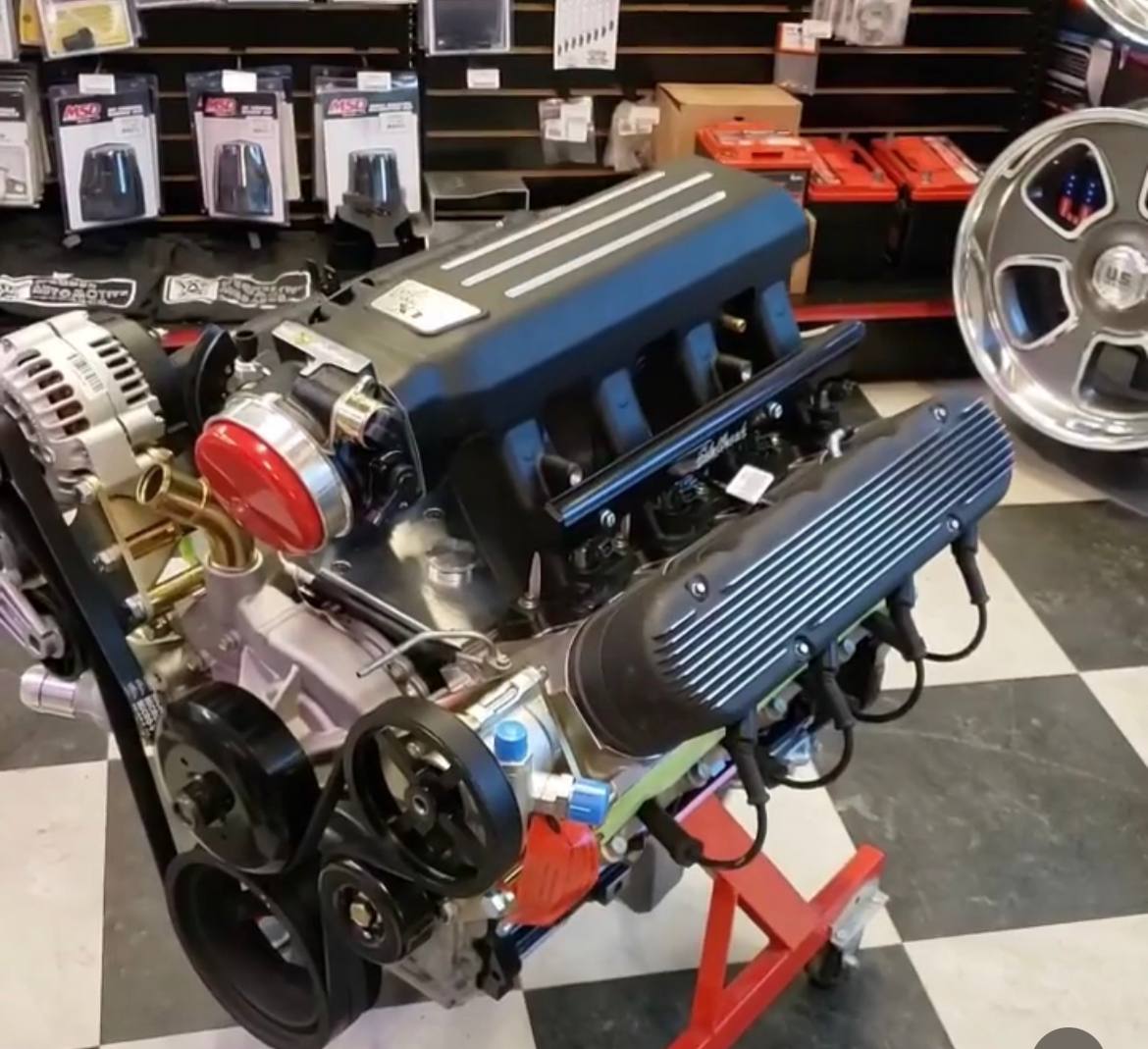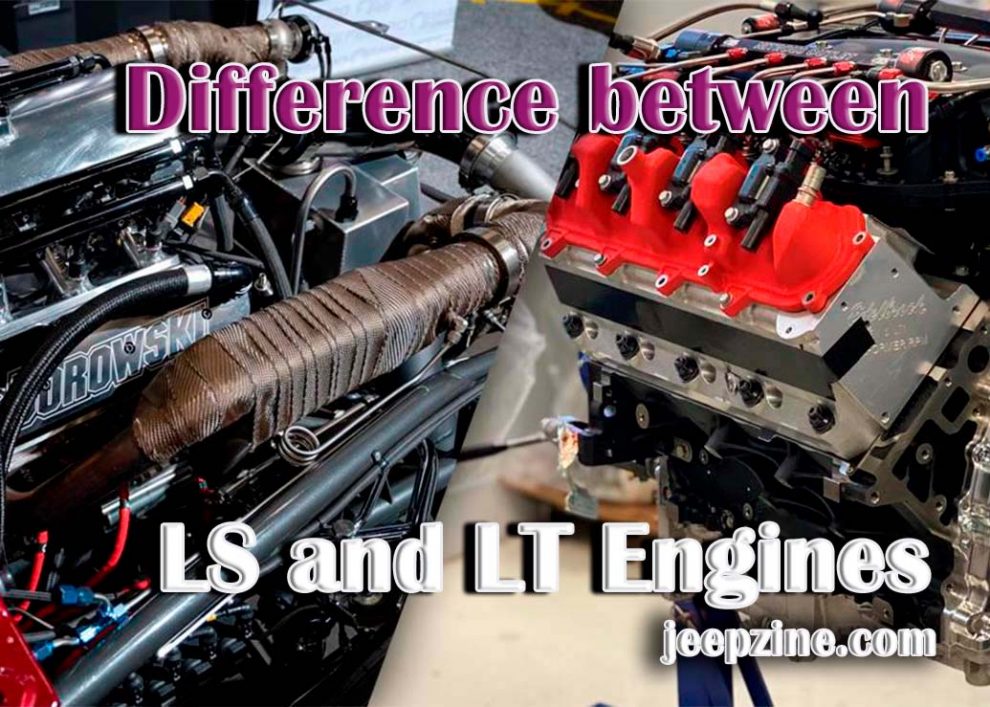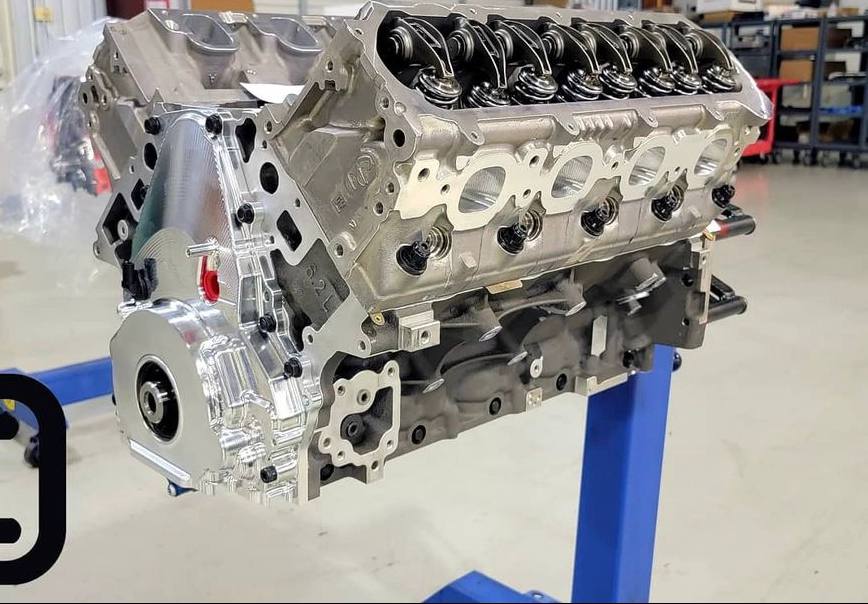When it comes to the power and performance of your vehicle, it’s important to understand the difference between LS and LT engines. They are both popular engine types used in many cars, offering different power output levels, weight, fuel efficiency, and more. In this article, we’ll look at the differences between LS and LT engines to help you decide when looking for a new engine.
Overview of LS Engines

Overview of LT Engines
LT engines are another type of General Motors V8 engine that was introduced in 2014 as part of GM’s EcoTec3 family. These engines provide higher power output levels than most LS models while still being relatively lightweight and fuel efficient. Like the Gen 5 LS engine, they include advanced technologies such as direct injection, variable valve timing (VVT), and active fuel management (AFM). However, these technologies make them slightly more complex to maintain than an older model such as the Gen 5 LS engine.
Power Output Comparison
The most significant difference between LS and LT engines is their power output capabilities. An average Gen 5 LS can produce around 425 horsepower, while an average EcoTec3 LT can produce up to 450 horsepower, depending on its configuration. This extra 25 horsepower makes a big difference when it comes to performance – making LTs ideal for high-performance applications such as racing or off-roading vehicles where extra torque is needed to get through tough terrain or get ahead on the racetrack faster than competitors with less powerful engines under their hoods.
Weight Comparison
Despite offering more power than its predecessor, the EcoTec3 LT weighs less than a Gen 5 LS due to its aluminum block construction instead of cast iron, as older generations had historically used before switching over at GM in 1997 with their fifth-generation lineup. It makes them easier on fuel consumption since less weight reduces drag on your vehicle’s drivetrain, which translates into better acceleration without compromising performance or reliability over time since aluminum blocks can handle high temperatures just as well if not better than cast iron ones do with proper maintenance procedures followed accordingly by owners or shops doing regular service work.
 Fuel Efficiency Comparison
Fuel Efficiency Comparison
The EcoTec3 LT engine is more fuel efficient than the Gen 5 LS due to its advanced technologies, such as direct injection, variable valve timing, and active fuel management. It means they can burn fuel more efficiently while still providing high power output levels. The EcoTec3 LT also uses cylinder deactivation technology, allowing it to switch between 4 and 8 cylinders depending on the driving conditions and engine load. It helps to conserve fuel by only using what is needed at any given moment to provide better overall efficiency than older, less technologically advanced engines such as the Gen 5 LS.
Maintenance Costs Comparison
Generally, LT engines are slightly more expensive to maintain than LS engines. It is primarily because the LT’s advanced technologies, like direct injection, variable valve timing, and active fuel management systems, make them more complex to service. The components used in these systems are also generally more expensive to replace if they fail. Additionally, the aluminum block construction of the LT engine could lead to higher repair costs if any damage occurs since aluminum tends to be pricier than other materials like cast iron. Conversely, LS engines are simpler in design, using tried-and-true technologies that have been around for years and hence may have lower maintenance costs over time.
Conclusion
When choosing an engine for your vehicle, it’s essential to understand the differences between LS and LT engines. LS engines offer more power than standard V8s while still relatively lightweight and fuel-efficient. On the other hand, LT engines offer even higher levels of power output while maintaining their light weight and fuel efficiency. They also include advanced technologies such as direct injection, variable valve timing, and active fuel management, making them slightly more complex to maintain than older models like the Gen 5 LS engine. However, depending on your needs, either option can provide reliable and powerful performance for your vehicle.


 Fuel Efficiency Comparison
Fuel Efficiency Comparison
Add Comment